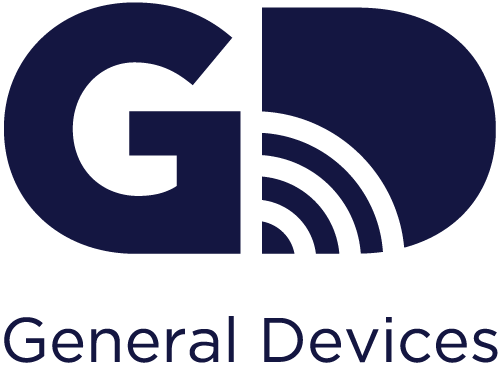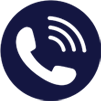EMS Communications for Emergency Teams during COVID-19
This year’s COVID-19 Pandemic lead to EMS facing the most difficult work environment of their careers, requiring enhanced communications between teams.
One Westchester County, New York, paramedic saw 11 patients during her shift on April 1, and nine of those patients were likely sick with COVID-19, according to an April 20 Time magazine article. In such an environment, communications are even more necessary to ensure proper precautions are taken for COVID patients and EMS workers. In addition, managing those patients properly from the scene to the ambulance to the hospital is critical during this pandemic.
The right communication tools, at the right time, can help overcome many challenges for EMS, paramedics and emergency teams. Some of the challenges paramedics are able to overcome with the right telehealth solutions are:
- Consolidated communications and recording. Notification and messaging are crucial, especially now for COVID-19 positive patients, including advanced alerts to specific teams. EMS calls must be properly handled, recorded, documented and securely stored. Managing all communications across an emergency team from one workstation enhances efficiency and prepares hospitals for in-coming patients.
- Easier Patient Handoff. Prehospital communications are a vital part of patient care, it is what determines how well hospital teams can effectively prepare for the incoming patient. With the right communication tools, hospital teams can be fully prepared for patient handoff when EMS arrive.
- Remote capability. Accessing a communications platform from a tablet or other device for remote call answering is important for emergency teams, especially now with more remote workers and needs. Remote communications capability also allows for interactive mobile telehealth and patient flexibility.
- Data storage and management. Having the ability to store 12 leads ECG and other important data, such as protocols, Breslow charts, best practices, drug calculations and checklists is essential. Full reporting and documentation from the field are necessary as EMS workers fulfill their duties during their shifts. Electronic forms improve workflow.
During these difficult times, EMS practitioners are responding to calls for help from patients with suspected or positively diagnosed COVID-19, in addition to 9-1-1 calls for patients with severe injuries and illness, such as cardiac arrests and strokes. Everyone on the EMS team, from paramedics to emergency department staff to EMS coordinators, benefits from enhanced EMS radio communications, and patient response times are reduced.
GD CAREpoint is an ED workstation connects emergency teams with EMS providers, consolidating all prehospital communications into one workstation and allowing hospital teams to prepare for patients before EMS arrival.
“It makes it so much easier to answer incoming calls from multiple agencies and give us a better idea of the patients’ condition before they arrive,” says Tammy Ward, a registered nurse at Indian Path Medical Center in Kingsport, Tennessee.
Giving frontline medical professionals a tool to make their jobs easier is essential, especially during the COVID-19 pandemic. The GD CAREpoint is that tool.
Contact us to learn more about what GD CAREpoint can do to help your EMS communications.
About GD
GD is a 40+ year Med Tech company that specializes in mobile telemedicine and telehealth that, enables simply smarter patient care by empowering hospitals, EMS, mobile integrated healthcare, community paramedicine and public safety responders with the most comprehensive, highly configurable, and affordable medical team communications solutions. Learn more at general-devices.com

